How Predictive Analytics Drives Digital Marketing Success
Author & Editor
Founder & CEO
Published on: Jun 6, 2022 Updated on: May 21, 2024
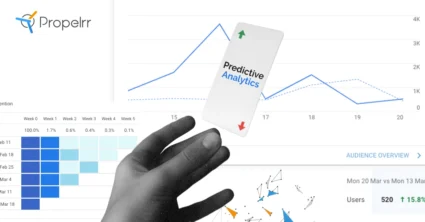
Table of Contents
Predictive analytics and big data sound – what’s the weight these buzzwords hold in digital marketing?
Big Data was a term I first encountered in 2013 at the 12th Philippines National Convention on Statistics. Most of the topics had "Big Data" in their titles and outlines. It was such a buzzword that piqued my interest and at the same time confused me.
For two days, I had to make difficult decisions on which sessions to attend. The only sure thing then was that I would surely pick up something applicable to digital marketing, specifically on conversion rate optimization.
As I attended the session on "Big Data: Telling the Story of Our Customers," it was clear to me that Statistics and Digital Marketing is developing a clear path to Advanced Analytics. The session was a primer for Predictive Analytics in Marketing. And that was enough to keep me on track as a Pay-per-Click Specialist.
The rise of predictive analytics in digital marketing
Between 2013 and 2019, there were several changes in the digital landscape. With the booming of mobile apps and mobile-first strategies, changes in the search algorithms, accelerated mobile pages, the introduction of app install campaigns, shopping campaigns, and many more. Along with these changes was the rise of Predictive Analytics in marketing initiatives. The application of predictive analytics came about the practice of statistical usage, machine learning, and analytical data processing to predict the marketing success of a digital marketing strategy. One can say that predictive analytics is a more scientific and methodological approach to guesstimating.
Like Big Data, Predictive Analytics became a very hot topic among digital marketing practitioners worldwide. Every industry practitioner knew that predictive analytics was a vital component to calibrate their digital marketing strategies—and that includes Propelrr as well. As we are a digital marketing agency that values solid data and success-based performance, we jumped right into predictive analytics by using statistical analysis and building data models to amp up our optimization strategies.
With the massive marketing data that digital campaigns are bringing in, along with statistical and mathematical techniques to interpret data, it’s easy to get lost in predictive analytics. With the costs piling up and KPIs left unachieved, it can certainly lead one to ignore or put off the use of Predictive Analytics. But with all the non-performance happening in the digital campaign, the more we need to analyze further the historical data.
Here are some things you might miss out on if you to ignore the marketing success predictive analysis and models holds for your online marketing.
Let’s dive deep into each missed opportunity should we continue to put off integrating Predictive Analytics into our digital marketing frameworks and strategies.
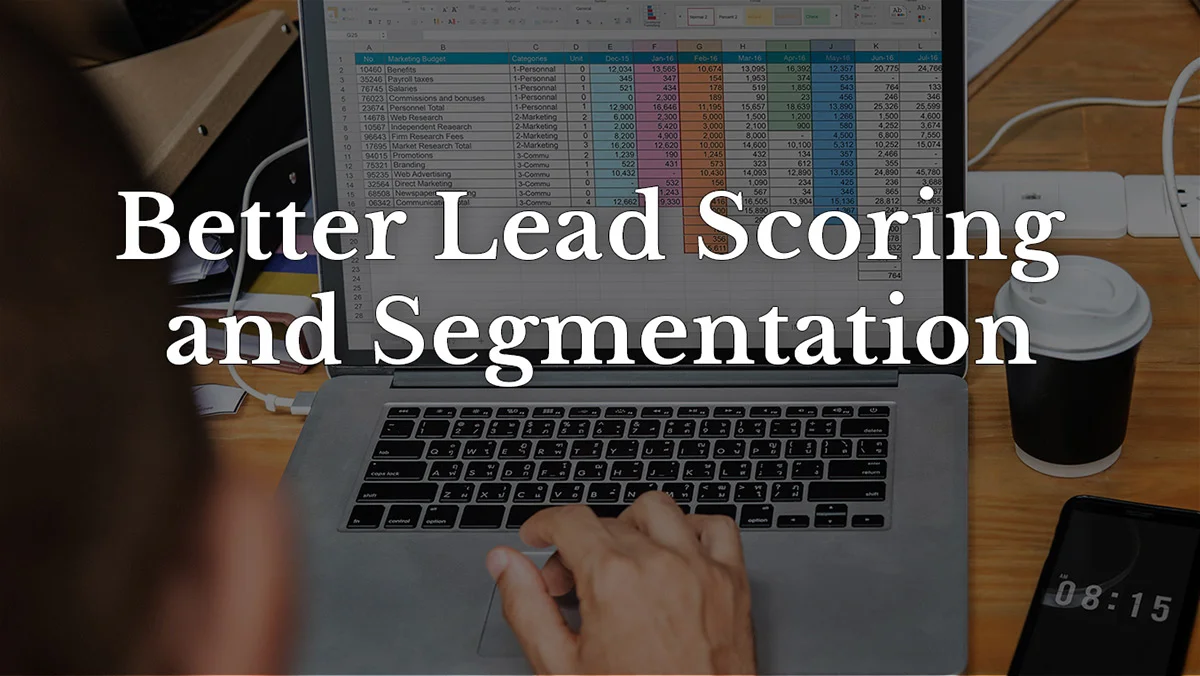
1. Better lead scoring and segmentation
Analyzing behavioral data of existing visitors and customers can provide an efficient scoring system for prioritizing leads. By having a matrix of the different customer profile segments and their customer personas, you can establish a predictive analytics model that will assess the viability of converting a visitor to a new customer. You can segment your leads accordingly based on the likelihood of their conversion. Hence, be able to focus on high potential leads rather than treating all new visitors with equal importance.
2. Better engagement and customer service
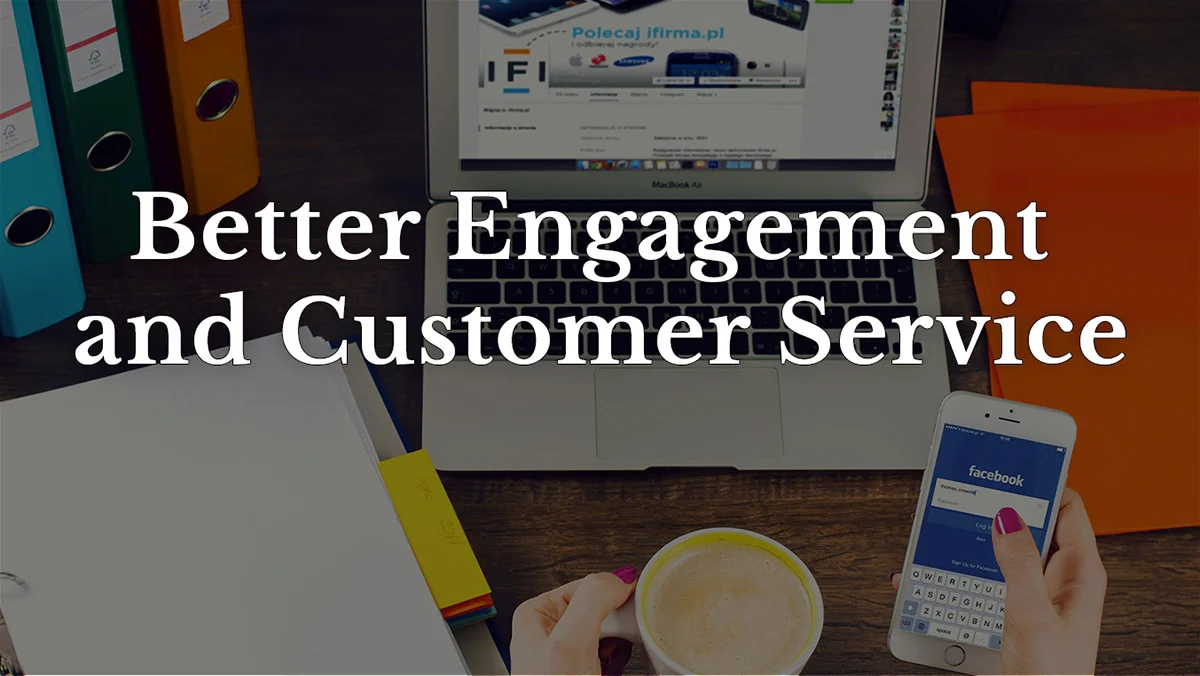
Identifying key interests and actions taken by your existing customers help you define their personalities and preferences. By being able to identify what they want and when they need it, you can increase your influence over them. Knowing their predictive customer experience can help you craft and serve more targeted content, provide highly useful services or products, and ensure relevant engagement in the whole life cycle of a customer.
3. Measurable customer lifetime value
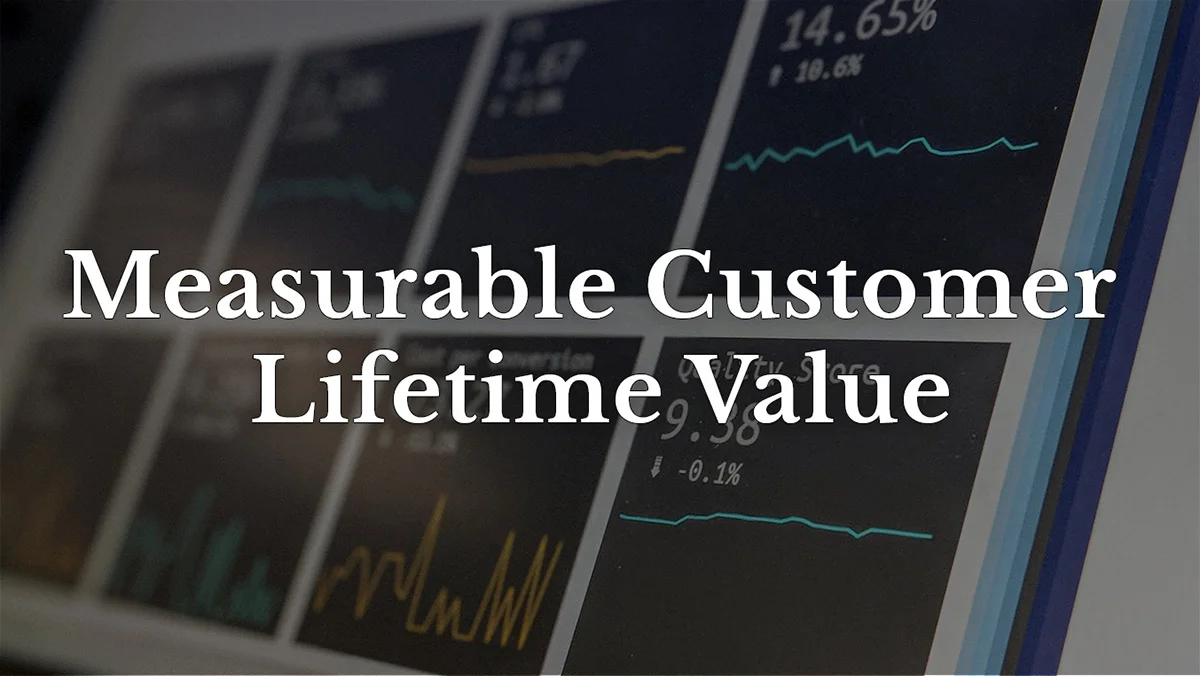
By now, we all know that Customer Lifetime Value, also known as CLV or LTV, is the metric to determine your current customer’s worth to your business. Being able to predict a customer’s lifetime value is definitely an ace up your sleeve.
Much like lead profile segmentation, if you are able to gather data on the CLV of current customers and visitors, you can maximize the potential of data and of course, your digital marketing success.
How so? You can plan better and craft effective campaigns that are relevant to your customer personas and segments. CLV also helps in the cost-efficiency of running your campaigns, enabling you to identify and allocate budget based on projected, long-term return on investments (ROI), and not just from one-time transactions.
4. Easy identification of optimal channels
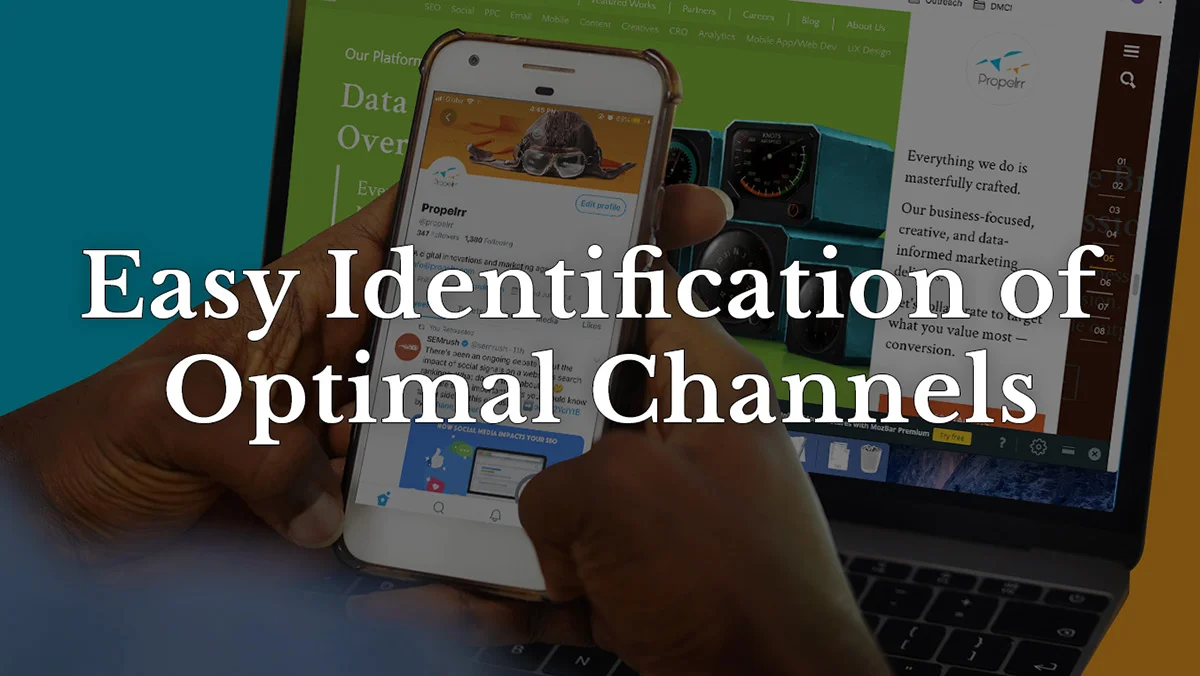
When you have proper data tracking and collection system in place coupled with good knowledge on predictive analytic strategies, then building a digital framework can be a breeze. Knowing which social media channels and campaigns to spend on, and how much to spend is a big step towards driving success to your marketing campaigns.
5. A quick assessment of customer’s readiness for upsell
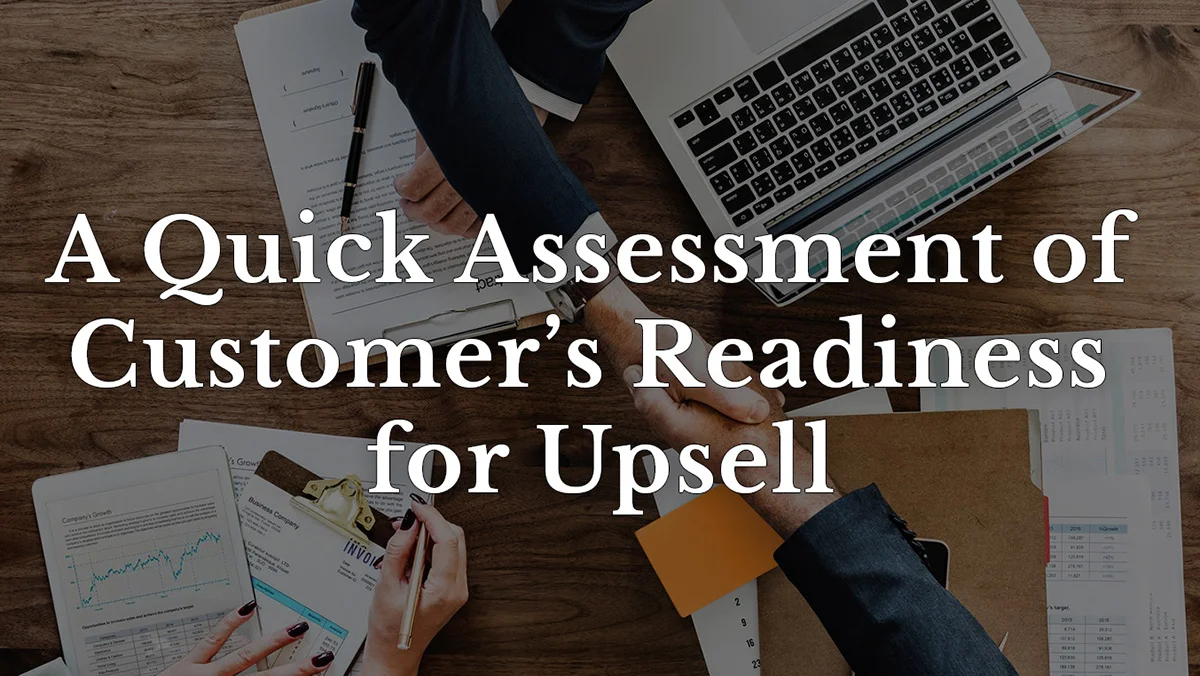
With continued tracking of your current customers' behavior and transactional data, it won’t be long before you can proactively tell their future preferences and needs with predictive analysis. With the use of data in upselling or cross-selling opportunities, you can have a proactive approach rather than a reactive one. This key knowledge certainly brings you a notch up in your existing customers' satisfaction ratings.
Key Takeaways
In summary, Predictive Analytics is undoubtedly essential and useful to optimize marketing strategies and initiatives. Here are the key takeaways on using this for marketing success:
- Predictive analytics helps you traverse the path from good campaign metrics to better business decisions and results.
- It translates your historical data to better marketing strategies that impact users throughout, and in all phases of the customer lifecycle.
- Enables you to identify the wheat from the chaff to help you focus your resources to important digital marketing elements.
- Efficiently manages your marketing risks by providing a glimpse of possible future results and trends using analytics models.
Overall, as Predictive Analytics uses historical data, it can certainly provide robust data, analytics models. This allows marketers to make more informed business decisions and create better digital marketing strategies. Do not mistake predictive analytics as a guarantee for success; rather, treat it as a trump card to increase the likelihood of your digital marketing success.
Have anything more to say? We want to hear your thoughts! Message us on Facebook, X, or LinkedIn.
